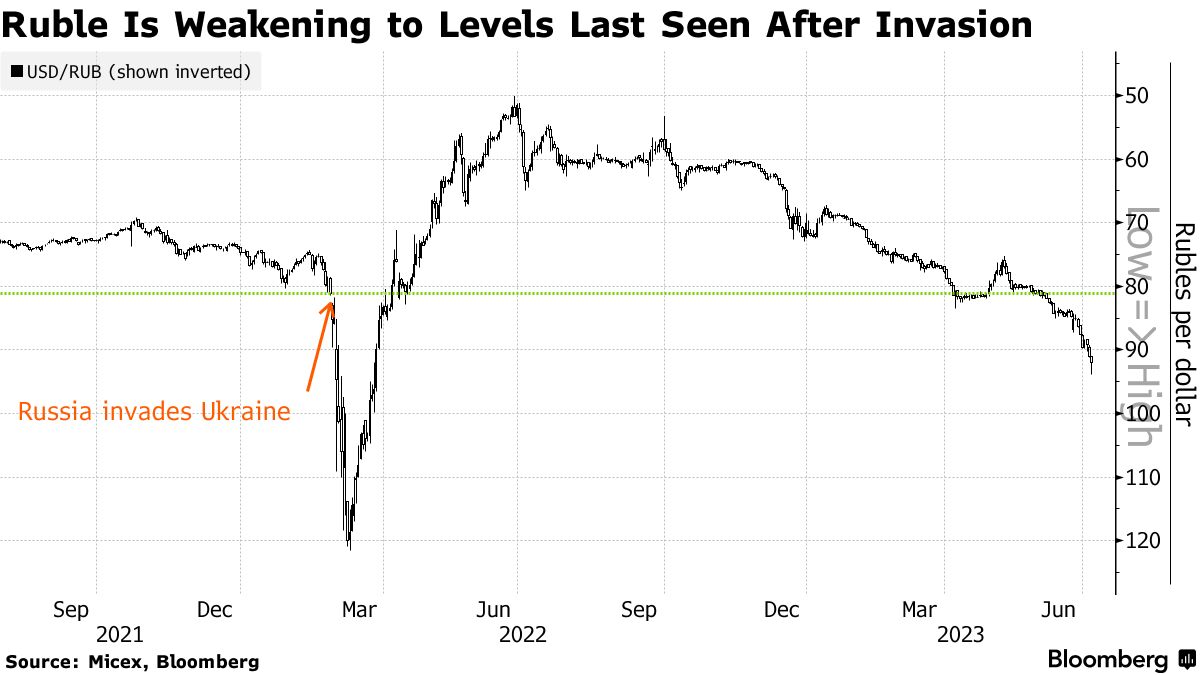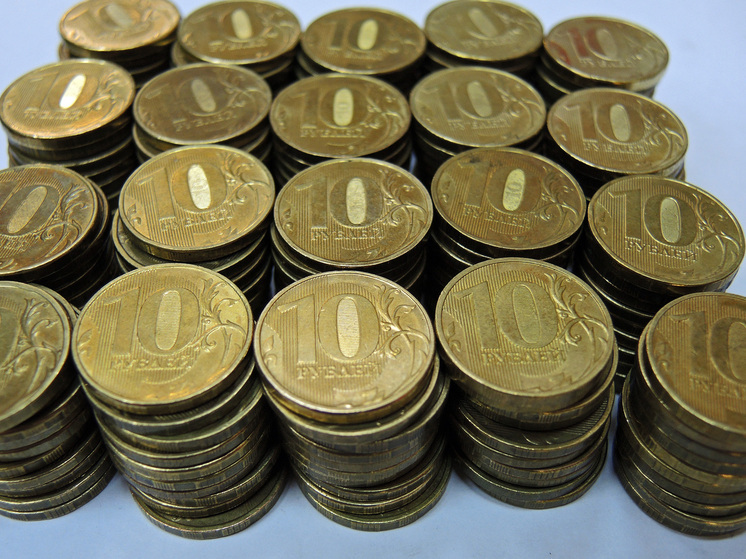
Ruble in October: «The exchange rate will be in the 84-89 per dollar corridor»
September once again highlighted the ruble`s unpredictable nature. Contrary to expectations that a key interest rate cut would lead to further weakening towards 90 per dollar, the ruble unexpectedly recovered some ground, strengthening from 85.6 to 82.9 against the dollar within a week. Nevertheless, in October and through the end of the year, the Russian currency is likely to face increasing pressure.

The primary drivers of the currency market situation are fundamental geopolitical factors, which currently exhibit a clear negative trend. The threat of secondary sanctions persists as the United States continues to develop and impose measures against foreign banks and companies collaborating with Russia. These restrictions, coupled with challenges in conducting international financial operations and reduced export revenues due to decreased energy production and demand, are adversely affecting the ruble.
Among the domestic factors influencing the ruble, the budget deficit stands out: according to the Ministry of Finance, it reached 4.19 trillion rubles, or 1.9% of GDP, from January to June. Evidently, the ruble is also reacting to the sharp slowdown in Russia`s economic growth rates and the reduction of the key interest rate.
Experts surveyed by «MK» agree that the ruble is likely to continue its gradual weakening trend in October. According to them, the only uncertainty lies in the precise figures of this dynamic.
Expert Opinions
Igor Rastorguev, leading analyst at AMarkets:
«The government is gradually guiding the national currency`s exchange rate towards a comfortable level of 90-100 rubles per dollar, at which exports ensure budget replenishment through the sale of energy resources abroad. The current federal treasury deficit is largely linked to revenue shortfalls caused by a strong ruble and low oil prices. These values are expected to persist until the year-end. Consequently, in October, under a `controlled weakening,` the exchange rate will hover within the 84-89 rubles per dollar corridor.
Several factors, both external and internal, will influence the Russian currency`s position. Firstly, the geopolitical situation, including sanctions against the Russian Federation and its foreign partners. Secondly, the Central Bank`s next decision on the key interest rate, which the regulator will announce on October 24th. The lower the rate, the less attractive ruble-denominated instruments become. Thirdly, the Ministry of Finance`s policy regarding the sale of foreign currency and gold. This is a fully controlled process. Fourthly, oil prices, determined by production volumes, the severity of anti-Russian sanctions, and the geopolitical situation in the Middle East. These directly affect state treasury revenues and the trade balance, which will narrow due to cheaper exports and more expensive imports.»
Denis Astafiev, head of the fintech platform SharesPro:
«In my estimation, the ruble exchange rate will gradually shift towards approximately 95 per dollar this autumn, influenced by several factors. The Bank of Russia has already initiated a cycle of key rate reductions, which traditionally diminishes the national currency`s attractiveness. Concurrently, the current account surplus is narrowing – exports generate less foreign currency revenue, while imports are increasing. Moderate oil price dynamics also play a role. Nevertheless, the Ministry of Finance`s interventions within the framework of the fiscal rule will partially smooth volatility and keep the dollar within the designated limits.
The situation with the euro appears different. On the global market, the US Federal Reserve is expected to move towards easing monetary policy, while the European Central Bank is close to pausing. This creates preconditions for the euro to strengthen against the dollar. As a result, by late autumn, the euro-ruble pair could stabilize around 110 rubles, and under negative factors – such as falling oil prices or accelerated import growth – exceeding this level is not excluded.»
Alexey Lossan, analyst at the financial marketplace «Sravni»:
«The Central Bank`s key interest rate remains the primary factor determining the Russian currency`s dynamic today. It directly impacts the attractiveness of ruble-denominated assets and partly mitigates external market pressures. The recent rate cut to 17% demonstrated the regulator`s continued cautious approach. This implies that monetary policy will remain tight in the coming months, thereby supporting the ruble. In October, moderate volatility should be expected, but without sharp fluctuations. The base forecast is for the exchange rate to stay within the 85-95 per dollar corridor until the end of the year. Even with fluctuating oil prices or a temporary increase in imports, the situation can be controlled by maintaining the attractiveness of ruble instruments.»











